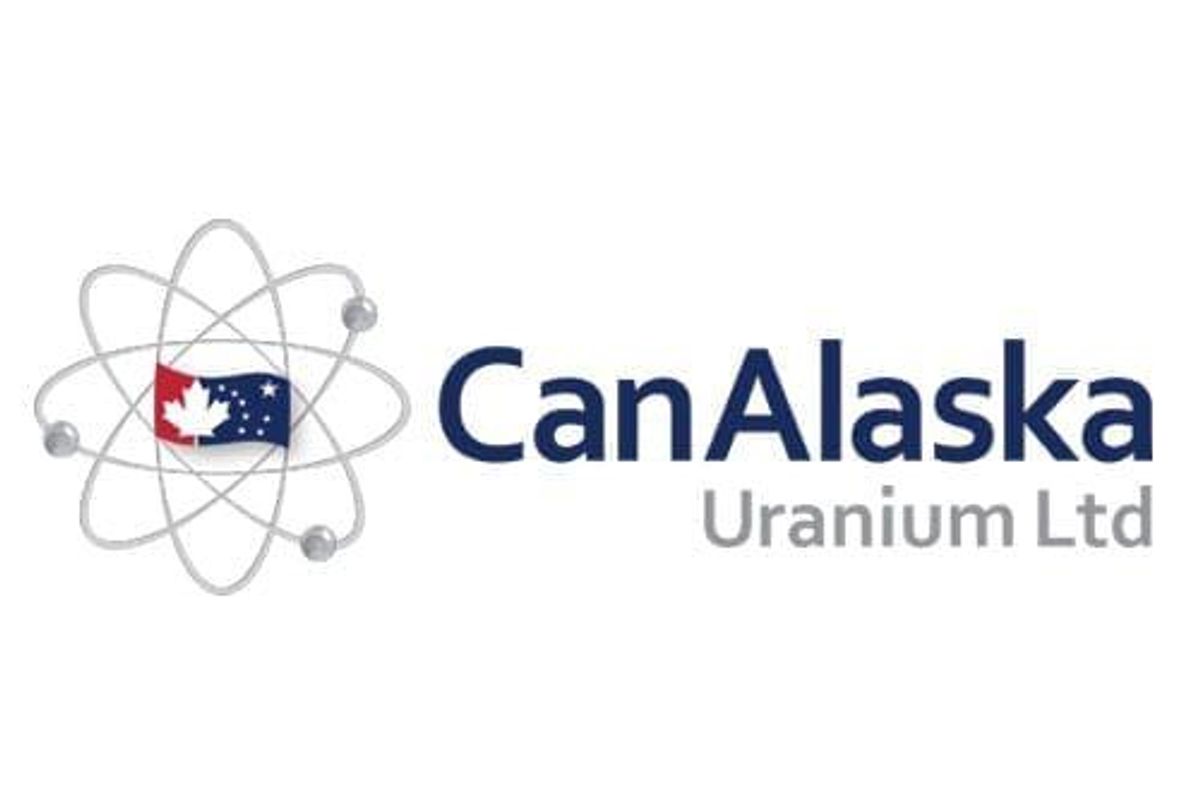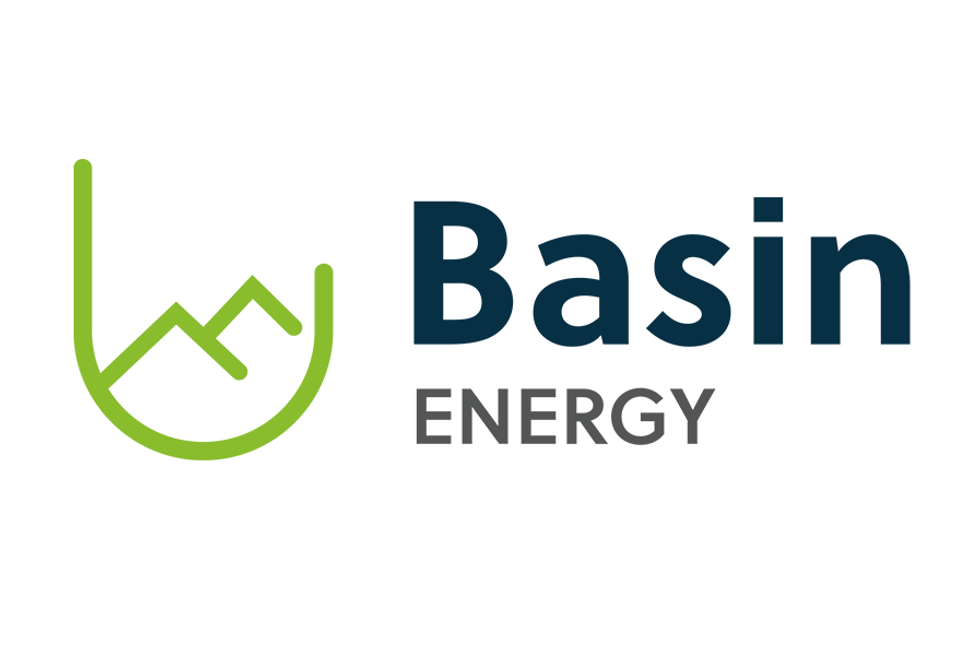
Uranium exploration in northern Saskatchewan has been going in a different direction recently. With the south of the basin staked-out, companies are looking once again to the under-explored northeastern part of Saskatchewan and into Manitoba where many of the same ingredients exist for high-grade mineralization potential. To learn more about the region, we spoke with Kivallq Energy’s Jeff Ward and Northern Uranium’s Chad Ulansky for insight on what’s brought them to the region.
To learn more about the opportunity in along the Wollaston-Mudjadik transition zone, Uranium Investing News spoke with Jeff Ward, President of Kivalliq Energy (TSXV:KIV).
Uranium exploration in the Athabasca Basin has been mostly centered around finding unconformity type of deposits, whereby the uranium mineralization is found below the basement rock. The trend found within the basin travels from the southwest to the northeast, and is historically where the majority of uranium deposits have been discovered.
Looking beyond the basin’s boundaries, Ward explained that geology shows the meeting of two different types of basement rocks – Wollaston and Mudjadik. While the focus thus far in the basin has been on the promising sandstone unconformity, Ward noted that the basement rocks themselves are also perking interest. Ward points to Cameco’s Eagle Point mine as a prime example of deposit where there is no unconformity, only basement rock.
Following the theory that the basement rock is larger than currently known, Ward highlighted that you can follow that basement trend, and you’re getting basement hosted deposits below the unconformity.
“There’ s no reason why those basement hosted deposits can’t exist off of the current basin and in basement rocks.” Ward explained, noting that the sandstone has just been eroded back meaning that the deposits “still exist in the basement rock that is exposed.”
All this to say that in looking outside the basin’s boundaries, exploration can lead to the discovery of higher grade rocks that are near surface where the sandstone has been removed. In short, companies are looking for the coveted shallower type deposits, similar to the basement hosted deposits in that trend.
Kivalliq Energy, who is better know for their uranium exploration efforts in Nunavut, scooped up the Genesis project in northern Saskatchewan in early 2014. The land packaged included 53 mineral claims covering 495,883 acres along the prospective Western Wollaston Tectonic Domain. Several months later, Kivalliq signed a letter of intent, to option an 85 percent interest in Genesis to Roughrider Exploration (TSXV:REL) in exchange for 20 percent of the issued and outstanding Roughrider shares. In August, the companies announced the start of the exploration program at Genesis.
Most recently, Kivalliq announced the acquisition of a new land position northeast of the Genesis property with partner Roughrider. The companies based their decision to expand their holdings in the region on the basis that the new area covers favorable Athabasca basement geology. Added to that the data collected by previous operators indicates a strong northeast trending electromagnetic conductors, and coincident high-grade uranium in boulder float geochemistry.
What about in Manitoba?
For those thinking that the geological trend abruptly stops when the provincial border is reached, you might want to reconsider. While there hasn’t been much in the way of uranium discoveries in Manitoba, it appears that there are significant indications of mineralization that merits further exploration. And that’s exactly what Northern Uranium (TSXV:UNO) has been up to.
Bouncing off information gathered by CanAlaska Uranium (TSXV:CVV), Northern Uranium is drilling at its Northwest Manitoba project along Maguire Lake in Northwestern Manitoba. One of the first pieces of information that caught Northern Uranium’s attention was an outcrop on the property that measured 9.5% uranium. As CEO Chad Ulansky highlighted in a conversation with UIN, the prospect target was only a 1-2 centimeter pitch blend vein, however it “shows that mineralized fluids did move through the area.”
Furthermore, earlier prospecting by CanAlaska also revealed a boulder that ran over 65 percent uranium. When it comes to boulders, investors following northern Saskatchewan’s uranium plays are well aware that boulders was one of the first indicators for Fission Uranium when it came to Patterson Lake South.
With the prospecting samples and an airborne electromagnetic done by CanAlaska, Northern Uranium has started on compiling it’s own set of data on the Northwest Manitoba project. Northern Uranium completed both an AlphaTrack radon survey on land, and the RadonEx lake water survey. Both surveys returned strong radon results, with RadonEx identifying seven priority one drill targets and five priority two drill targets. As the company noted in its June press release, RadonEx noted that “radon in the water values at Maguire Lake approach closely the highest received at the Patterson Lake South uranium discovery.”
“What we are aiming for is finding something in the same league as what Fission has.” Ulansky told UIN.
What does this mean?
As Ulansky explained, when it comes to uranium, ”[f]inding your initial high grade intercept can be very difficult, predominantly because when you look at your radon and geophysical anomalies, they are very broad.” From there the targets have to be identified and further defined, which can mean a lot of drilling, before a high-grade mineralization is discovered.
But it isn’t a stretch of the imagination to look along the Wollaston-Mudjadik transition zone. As David Sadowski told UIN in July, many of the key ingredients found in the Athabasca Basin are present in this region, making it highly prospective for high-grade uranium. And with more efforts being made in exploration of the region, it’s only a matter of time before the market is painted a clearer picture of what is to be had on the northeastern outskirts of the prolific Athabasca Basin.
Securities Disclosure: I, Vivien Diniz, hold no investment interest in any of the companies mentioned.






